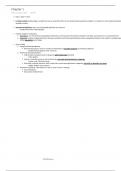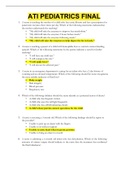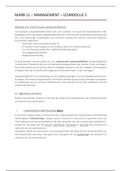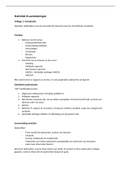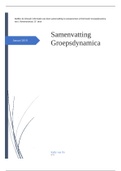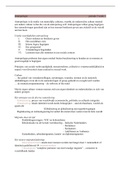College aantekeningen
Introduction to Statistics
- Vak
- Instelling
Introduction to Statistics. Covers foundational topics in statistics including: -Listing & grouping; -Probability -Expectation & risk -Discrete probability distributions -Normal distribution -Sampling -Estimation -Tests of hypotheses -Tests about standard deviations -Tests based on count...
[Meer zien]
